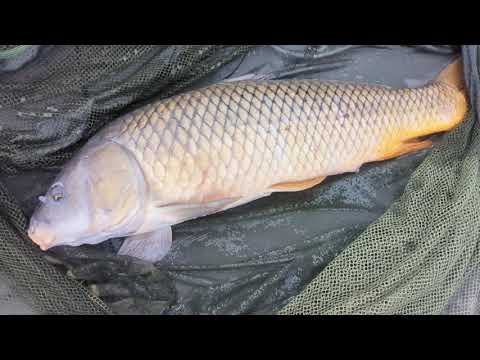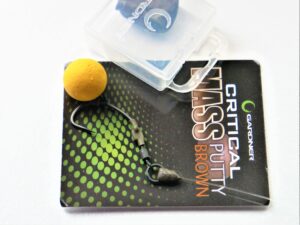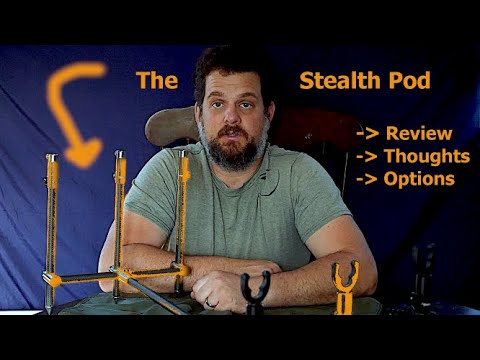Gardner HydroSink Braid is a fast sinking braid with low stretch and great handling characteristics. It is a combination of Dyneema and Kevlar with a Teflon coating which is certainly a top of the line (pun intended!) combination. Unlike many lines on the market, the breaking strain of the line is rated at knot strength, not some lab test with no knots that can’t be replicated in the real world. This means that you can expect it to actually brake at the stated pound test, which is really helpful in actual fishing situations.

One of the main things about most braids is that they float. This is not a problem under many situations, but when boats and wildlife are around (especially at night) keeping your line out of the way is key. This line sinks extremely well, as good if not better than some of the fastest sinking mono lines.

Low stretch is key to good bite detection (or to tell when you have a small catfish on the hook) and HydroSink is around 4%, so you can really tell whats going on at your hook.


So, if you are looking for a braid that will help you put more fish on the bank, HydroSink is certainly worth a try – I certainly enjoy using it!
To take a look at more of the range from Gardner Tackle head over to Big Carp Tackle here.
Get Gardner HydroSink Braid now at Big Carp Tackle Store:












